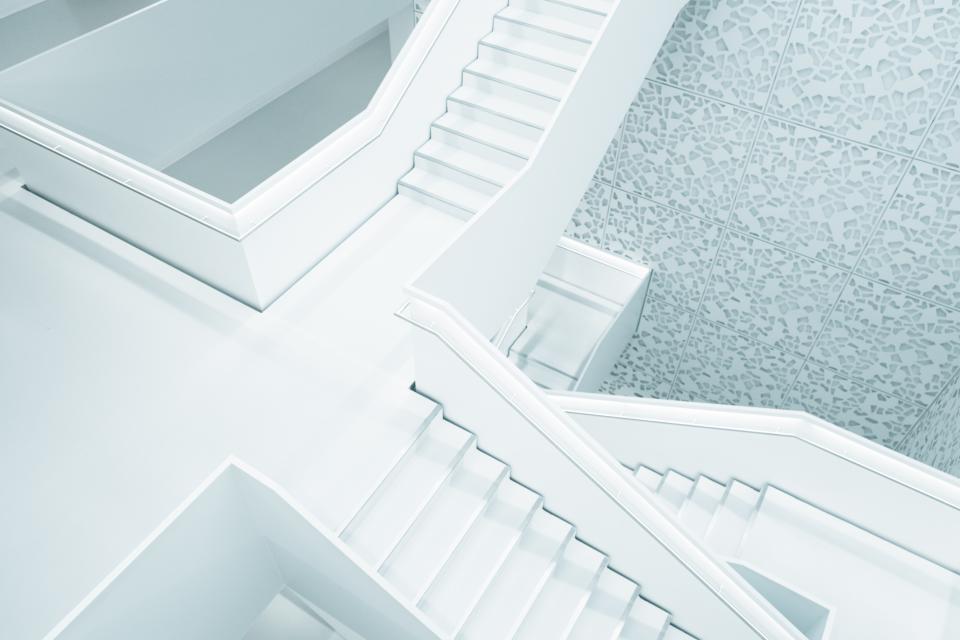Sick Building Syndrome
Sick Building Syndrome
Sick building syndrome is not well understood and owners of building do not realise how it can effect human’s health and how many factors it involves. Sick building syndrome is a huge problem worldwide and is a poorly understood problem. A well balanced building improves our lives. Studies have shown that the state of a building can affect your health and slowly over time could kill you by draining your health.
Symptoms can range from exhaustion to eye strain, a runny or blocked nose, body pains ,headaches, sensitivity to isomers, dry cough, itchy skin and difficulty in concentration.
According to the World Health Organization committee report on this problem and up to 30% of buildings produce these systems. Sick buildings are a problem around the world, but is poorly understood, says Dr Marina Botha a Johannesburg Health occupational health specialist. It is difficult to measure the symptoms objectively .
The biggest contributing factor to the syndrome is thought to be indoor air quality and fluctuating temperatures created from putting air conditioning and heating on and off as people require. This creates an unstable temperature. Another factor is from poor or inadequate ventilation. Poorly maintained air conditioners, heating systems and ventilation create indoor pollution. This includes bio-aerosols , carbon monoxide, Sulphur dioxide levels, heavy metals and a variety of volatile organic chemicals. These combined effects are all factors and are generally very bad for one's health.
Studies show that by utilising energy efficient window film, this maintains a stabilising environment and natural ventilation is a much better solution. Old air conditioners create unpure levels of indoor pollution. Humidity varying temperatures and the lack of cleanliness also cause major problems which create sick building syndrome.
Other volatile compounds are chemicals known as volatile compounds, a wide variety from sources such as paint, carpeting, adhesives, cleaning agents, chemical adhesive ,printer inks, electronic equipment, colleagues deodorants. They all release microscopic amounts of chemicals at room temperature.

The European Communities Institute for Indoor Environment also released a report and a practical guide chaired by Dr Claude Molina on how to deal with these problems. They include mould, dust mites found in old furnishings such as sofas and carpeting and insects such as cockroaches create bio-aerosols that commonly cause allergic symptoms.
The report also states that low frequency noise can have an effect on your health without you being aware of it.
Strong direct sun light and flickering light can cause dry gritty eyes, fatigue and strain and headaches. Computer screens are also an issue.
Temperatures too hot or too cold cause problems. Temperatures above 23 degree C can cause dehydration and drying up of the nasal passages according to Prof Gail Kinman in the UK.
The best way to manage sick building syndrome is to get professional assistance from an occupational health expert. One need lots of fresh air and natural light. An occupational hygienist can test air quality. A clean environment is very important. Clean carpets regularly, clean out filters in air conditioning units. A fan, a radio, some plants and of course, some Klingshield window film wherever the sunlight causes havoc with personnel sitting directly near windows that are exposed.
Do whatever it takes to improve the environment of the indoors in your building by tackling all the problems we have discussed in this article.
